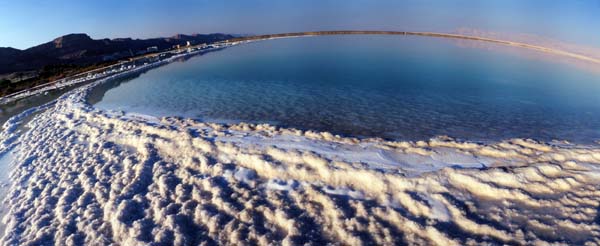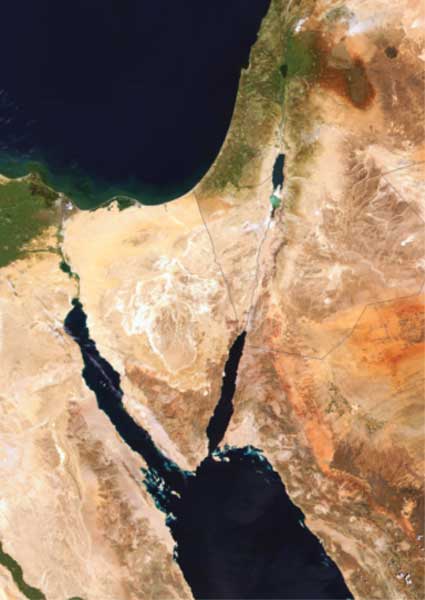
Millions of years ago, seismic forces where two tectonic plates come together formed the Great Rift Valley. Millions of years later, the Dead Sea was created in that valley—the lowest point on earth. Thus begins the story of the life of the Dead Sea. That life is now imperiled. Can the Dead Sea be saved?

Between 70,000 and 14,000 years ago (the Pleistocene epoch in geologic time), a large body of water we call Lake Lisan filled the valley that extends from the Sea of Galilee to the Dead Sea and beyond it to the south. At its maximum, the level of Lake Lisan was about 800 feet (about 250 m) higher than the current level of the Dead Sea. Then, between 14,000 and 12,000 years ago, when the ice sheets in North America and Europe retreated, the melting of the glaciers caused a shift in the regional weather patterns. This climate change diminished the rainfall in Lake Lisan’s watershed, and it shrank. Some say it dried up.1 When the rains returned about 10,000 years ago, water levels rose again and a new lake—the Dead Sea—was born.2
Already a library member? Log in here.
Institution user? Log in with your IP address.

